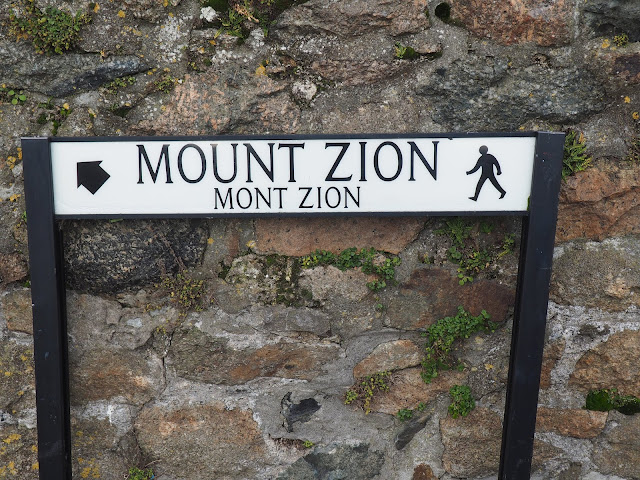I just read the novel Remainder by Tom McCarthy. It’s a good book, I think. I wished it had been a bit shorter but then I wish that about most books.
If it’s about what it appears to be about, it concerns a man who’s been hit by ‘something falling from the sky,’ and is severely injured, so badly in fact that he has to learn to walk again
The narrator says, ‘And if you thinkThat’s not so bad: we all have to learn to walk once; you just had to learn it twice, you’re wrong. Completely wrong. That’s just it see: in the normal run of things you never learn to walk like you learn swimming, French or tennis. You just do it without thinking how you do it: you just stumble into it, literally. I had to take walking lessons. For three whole weeks my physio wouldn’t let me walk without his supervision, in case I picked up bad habits.’
This is good stuff. It sounds absolutely authentic and believable.
Then the guy’s compensation comes through – eight and a half million quid - and I honestly couldn’t decide whether or not that was really enough money to carry out what he has in mind, even given that he invested it wisely. Essentially he decides to reshape the world, or at least some very specific parts of it, and make it exactly the way he wants it.
In the first instance, this involves searching for a building that he once lived in. The search is long and arduous and he decides to employ some oblique strategies to help him.
‘I cooked myself some breakfast and pondered how best to make my search irrational. The first idea that came to me was to I-Ching the map; to close my eyes, turn round a few times, stick a pin in blindly and then go and look in whatever area it happened to have landed on… Colours was the next idea I had: following … I also considered following a numerical system .. Or I could devise a corresponding process using the alphabet… I could …’
The guy has turned into a psychogeographer!!!
I went onlike to look for an author photograph of Tom Mccarthy to illustrate this post. There’s no shortage, and he evidently meets quite a decent class of photography. But in the end what struck me is that he resembles (in some pictures anyway) a rather more stylish Dwight Shrute of the American Office fame. Unforntunately we cannot choose who we resemble.
























